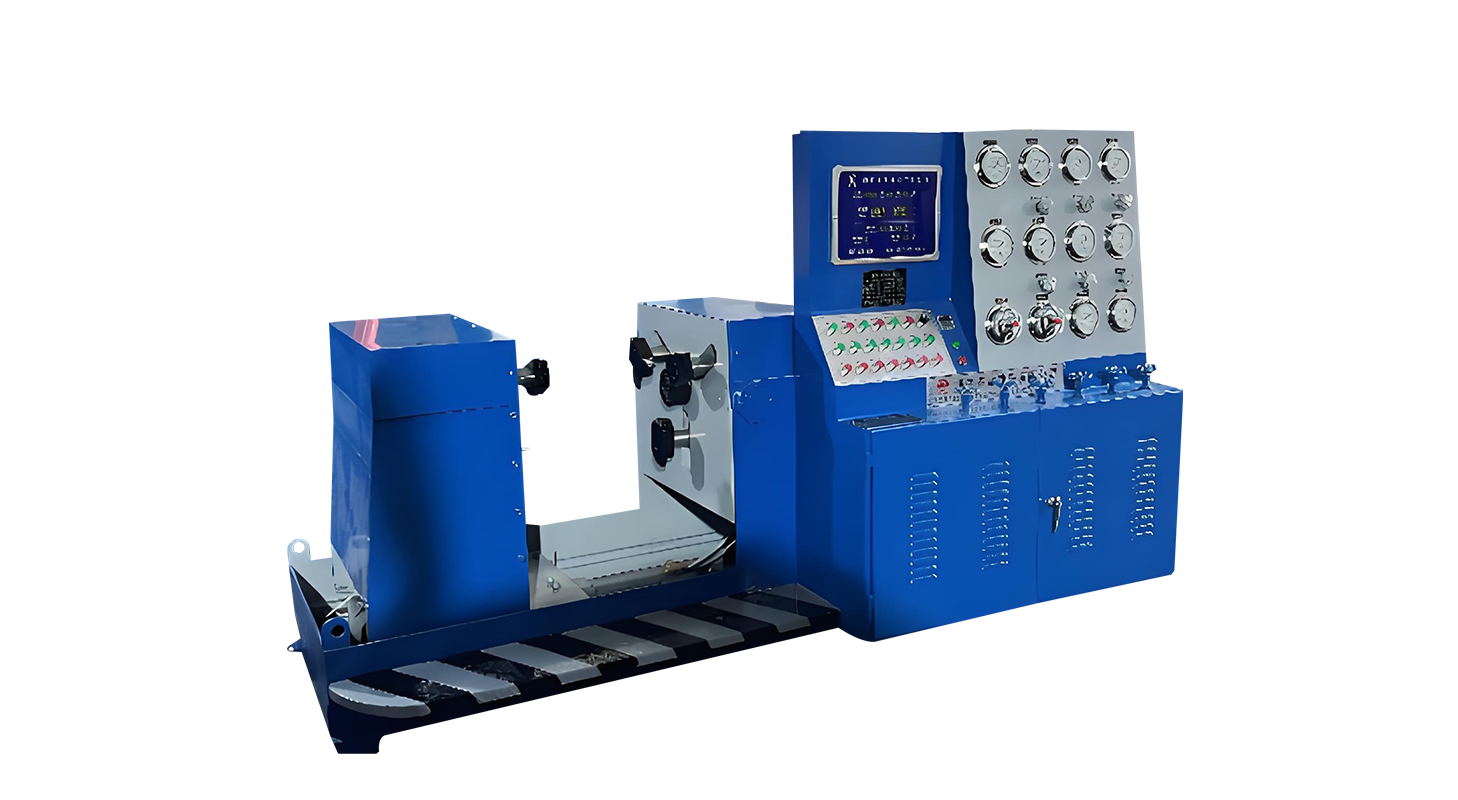Oct 03, 2025
Valves play a central role in regulating flow across industries, which makes their testing an essential step in ensuring consistent performance and safety. A control valve test bench and a butterfly valve test bench are specifically designed to evaluate sealing performance, structural strength, and pressure resistance under varying conditions. Among the different testing methods available, hydraulic clamping technology stands out as a method that improves both accuracy and efficiency without causing structural stress to the valve body.

During testing, applying force unevenly on the valve body can distort results or damage components. The hydraulic clamping system addresses this concern by distributing pressure through hydraulic cylinders directly on the end faces of the valve. This technique avoids external forces on the valve housing, allowing the test bench to maintain the original geometry of the product. For butterfly valves in particular, which feature wafer-style and flange connections, this approach ensures that the outcomes truly reflect how the valve will perform in operation.
Manufacturers and maintenance facilities often deal with varying testing demands, ranging from batch inspections to specialized evaluations. To accommodate this, test benches are offered in both single-station and dual-station configurations. A single-station setup supports focused testing with simpler operation, while dual-station arrangements help increase throughput in production environments. This flexibility allows users to align their testing resources with operational priorities, without compromising on accuracy.
Not all valves are subjected to the same media in real-world environments, which makes it important for test benches to support multiple options. The integration of both water and gas as testing media allows for a broader scope of performance evaluation. The water system operates with a closed-loop design, enabling recycling and reducing waste. Meanwhile, gas testing provides an additional layer of precision for applications where leak detection is critical. This dual capability makes the test bench suitable for diverse industrial scenarios.
The efficiency of testing is closely tied to how pressure is managed during evaluation. The system integrates a dual-pump design, consisting of a low-pressure rapid-fill pump for initial stages and a high-pressure slow-boost pump for reaching the target level with stability. Once the desired pressure is achieved, an automatic pressure-holding timer activates. This feature ensures that the valve is tested under consistent conditions, enabling repeatable results across multiple cycles. For users, this means a clearer understanding of how the valve will perform in actual applications.
Safety Measures in Valve Testing
Safety considerations extend beyond operator protection—they also safeguard the tested equipment. The zero-pressure release mechanism is one such measure, ensuring that the clamping unit can only be disengaged when the valve’s internal pressure has been completely relieved. This reduces the risk of accidental releases or damage, providing an added layer of assurance during routine operation. By integrating such protective steps, the test bench promotes a safer and more controlled testing environment.
Not all testing needs can be met with a standard configuration, which is why optional features play an important role. Safety guard doors can be added to protect operators, while PLC-based systems can assist with data acquisition. Automation modules further simplify the testing process by reducing manual intervention and improving repeatability.These optional elements enable users to build a system that matches their exact testing objectives.
In some cases, standard test bench configurations may not align with unique product designs or project requirements. Customization options address this gap by adapting test benches to non-standard needs. Whether the variation relates to size, pressure capacity, or control features, tailoring the system ensures that testing remains both accurate and practical. This adaptability underscores the role of hydraulic clamping technology as a foundation that can be expanded upon to suit diverse industrial contexts.
For facilities handling butterfly valves and control valves, the efficiency of hydraulic clamping in test benches lies in its ability to deliver accurate, repeatable results while safeguarding the integrity of the valve. Combined with configuration flexibility, dual media testing, advanced pressure control, and built-in safety systems, the design reflects how modern testing equipment responds to real-world challenges. The ability to incorporate optional systems and customization further extends its usefulness, making the equipment an important tool for both routine inspection and specialized testing scenarios.